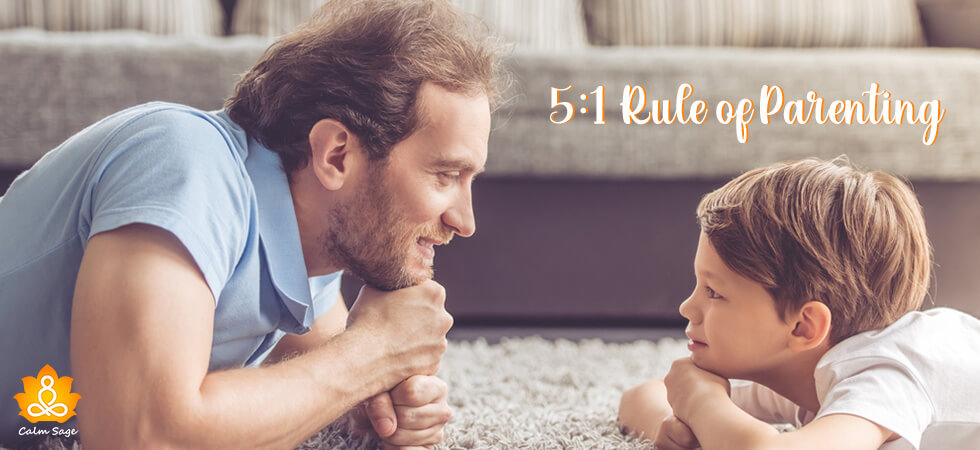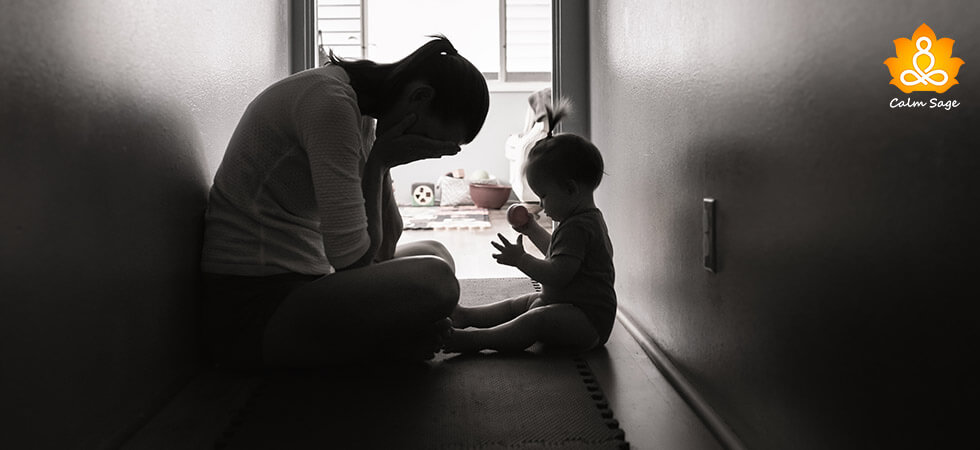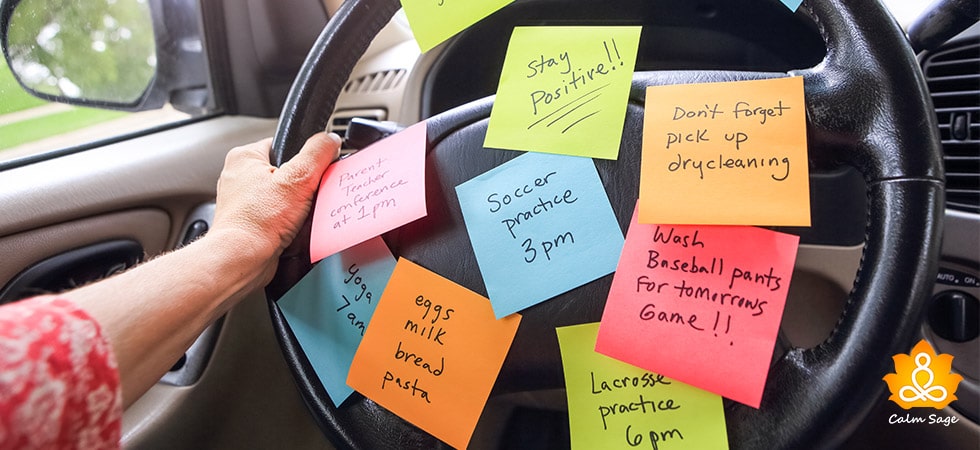10 Signs You’re Healing From Childhood Trauma : You Will be Okay

If you’ve ever experienced a childhood event that has left a lasting wound on your mental or emotional health, one that leaves you feeling intense emotions that have affected your relationships or the ability to form healthy relationships, then there could be a childhood trauma that hasn’t healed yet.
You might wonder how you can heal from the trauma, or better yet, how do you know it’s trauma? When it comes to childhood traumatic experiences, things can be confusing. We interpret things differently, feel emotions differently, and act differently, especially when it comes to our parents, guardians, or primary caregivers.
We can become vulnerable to wounds from childhood trauma and those experiences still affect our lives. That’s why it’s important to heal from those childhood traumas. However, that’s not the only issue. All of us who’ve been through trauma have an unrealistic view of what trauma recovery looks like and how it’s supposed to feel.
Healing, in different ways, means fixing things or restoring what’s been damaged but that healing can look a lot different when it comes to healing from trauma.
In this blog, we’ll be exploring the (true and noticeable) signs you’re healing from trauma.
Signs You’re Beginning To Heal From Trauma
There are differences when we talk about suffering emotional wounds. What you might’ve experienced in childhood varies greatly from what I’ve experienced in my childhood. When signs of childhood trauma do not match, how can the healing match?
Healing from trauma is a process that has different recovery patterns for different people. If you fail in your recovery journey, it’s OK. If you fail in your journey, it’s not an end. The destination looks different for everyone. What your loved ones’ destination looks like, doesn’t mean that it’ll look the same for you.
Here are some signs that you’re healing from childhood trauma:
1. You’re Naming Your Feelings
When you grow up in a traumatic household, a lack of emotional intelligence is common. Especially when you grow up in a household that is mocked for expressing emotions and feelings. When you are unloved in your childhood, you don’t learn to manage or name your feelings. However, when you’re beginning to heal from trauma, you begin to name your feelings instead of pushing them or suppressing them.
2. You Don’t Blame Yourself Anymore
Again, when you grow up in a traumatic household, self-blame or self-criticism is common. Children tend to make self-blame a default behavior. Sometimes, self-blame also becomes something that the child has been hearing or been told. A sign that you’re healing from trauma is that you stop blaming yourself for mistakes others make.
3. You Don’t Automatically Ruminate
This is another sign that you’re healing from childhood trauma. When you begin healing, you gain self-confidence in your thinking and you don’t automatically ruminate. When something triggers your old patterns, it’s common for people struggling with trauma to automatically run a script in the mind that questions every decision you make or have made. However, once you begin healing, this changes.
4. You Communicate Without Worrying
Many children who have grown up in a traumatic environment are afraid to voice their thoughts, for different reasons. Some might stay quiet because they don’t want to attract others’ attention and some may pick a fight as a defense mechanism. However, when you’re healing from emotional trauma, then you learn to communicate and voice your feelings without worrying.
5. You’re Less Sensitive To Rejection
Another sign that you’re healing from trauma is that you become less sensitive to rejection. This commonly happens when you grow up in an anxious attachment style. In this attachment style, you’re always on high alert for signs of abandonment or rejection. However, when you’re aware of your trauma triggers, you learn to talk yourself out of reading whatever you consider a breaking point. This is a sign of recovery.
6. You Know Your Triggers
When you begin healing from trauma, you begin to recognize your triggers and ways you can avoid the reaction. Anything that might set you off might show up in your awareness but unlike your childhood self, you now know what’s driving you to feel that way.
Also read: Identifying Trauma Triggers And How To Deal With Them (With Examples)
7. You Know And Respect Your Boundaries
When you grow up in anxious attachment situations, you see boundaries as a sign of rejection or abandonment and if you have a dismissive attachment style, then boundaries may look like others are keeping you out. When you begin to heal from trauma, you recognize that boundaries are the ways you connect with others in much healthier ways. It becomes easy for you to see the growth in yourself as well as others.
Also Read: How To Set Healthy Boundaries For Yourself and Keep Your Energy Intact
8. You Are Not Ashamed Of Your Experiences Anymore
Another sign that you are healing from trauma is that you are no longer ashamed of your trauma anymore. Growing up with childhood trauma can cause social isolation and loneliness but once you’re on the healing journey, you understand that your trauma is not something you should be ashamed of and that you are not alone anymore.
9. You Have Set Personal Goals
Setting personal goals is another big sign of healing from trauma because growing up feeling unloved can make you feel a sense of powerlessness. You subconsciously accept the “truths” you’re being told and that can internalize your poor self-assessment. When you begin healing from trauma, you recognize that goals are what matters and when you begin to achieve those personal goals, it’s called progress.
10. You Manage Your Emotions Well
Whether you’ve learned to push your emotions away or if you were taught to do that, it’s a sign of healing when you begin to manage your emotions well. When you learn to use techniques that help you manage and process emotions rather than react to them, it’s called progress. You see that during stressful times, you’re able to come up with ways to calm yourself down first rather than reacting on pure instincts.
Healing is a process that looks different for everyone. The process might be slow but the changes and growth you experience along the way can be good for your recovery. You can always be patient and kind to yourself when you find yourself going back to your old habits.
I hope this article helped you recognize the signs you’re healing from trauma. For more, you can write to us at info@calmsage.com or DM us on social media. You can also share your thoughts in the comments below.
Take Care!




















